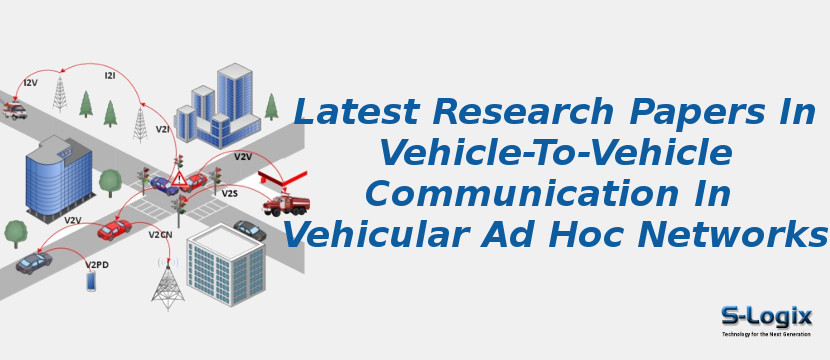Research in Vehicle-to-Vehicle communication within VANETs has progressed toward enabling ultra-reliable, low-latency direct interactions between vehicles to support safety, traffic efficiency, and autonomous maneuvers. Key developments include using cognitive radio technologies to sense and access under-utilised spectrum dynamically, thereby improving channel reliability and reducing delays in direct vehicle communications. Studies also explore cooperative task offloading among vehicles via V2V links—vehicles act as both information sources and computational helpers—leveraging DSRC or C-V2X modes to reduce dependency on roadside infrastructure. On the security front, cryptographic protocols tailored for V2V links are being designed to assure message authenticity, integrity and confidentiality without heavy trusted-authority involvement. Overall, the trend is toward robust, adaptive V2V frameworks that handle high mobility, dense traffic scenarios and spectrum constraints, so vehicles can exchange critical updates in real time for enhanced safety and smart mobility.
